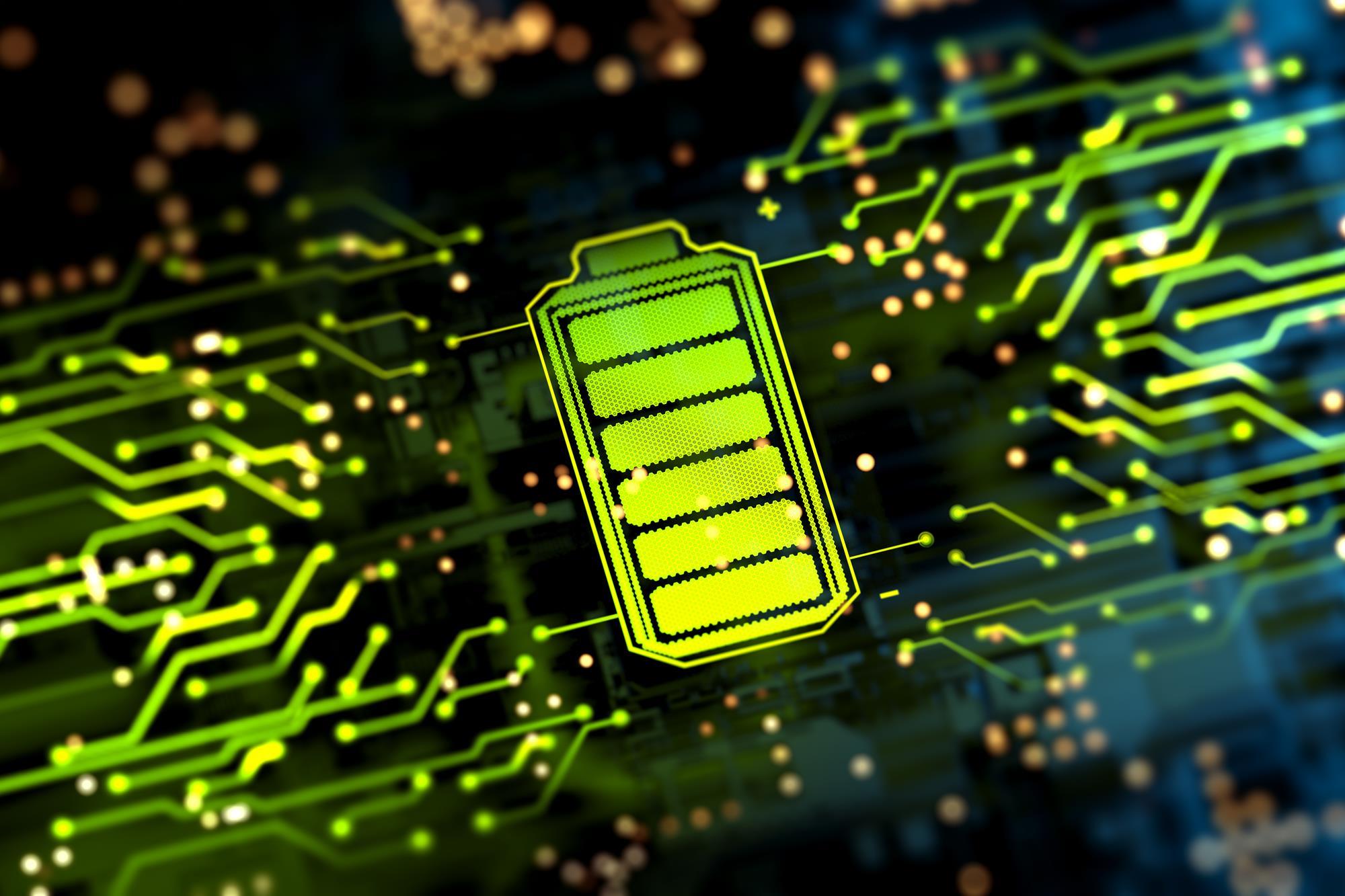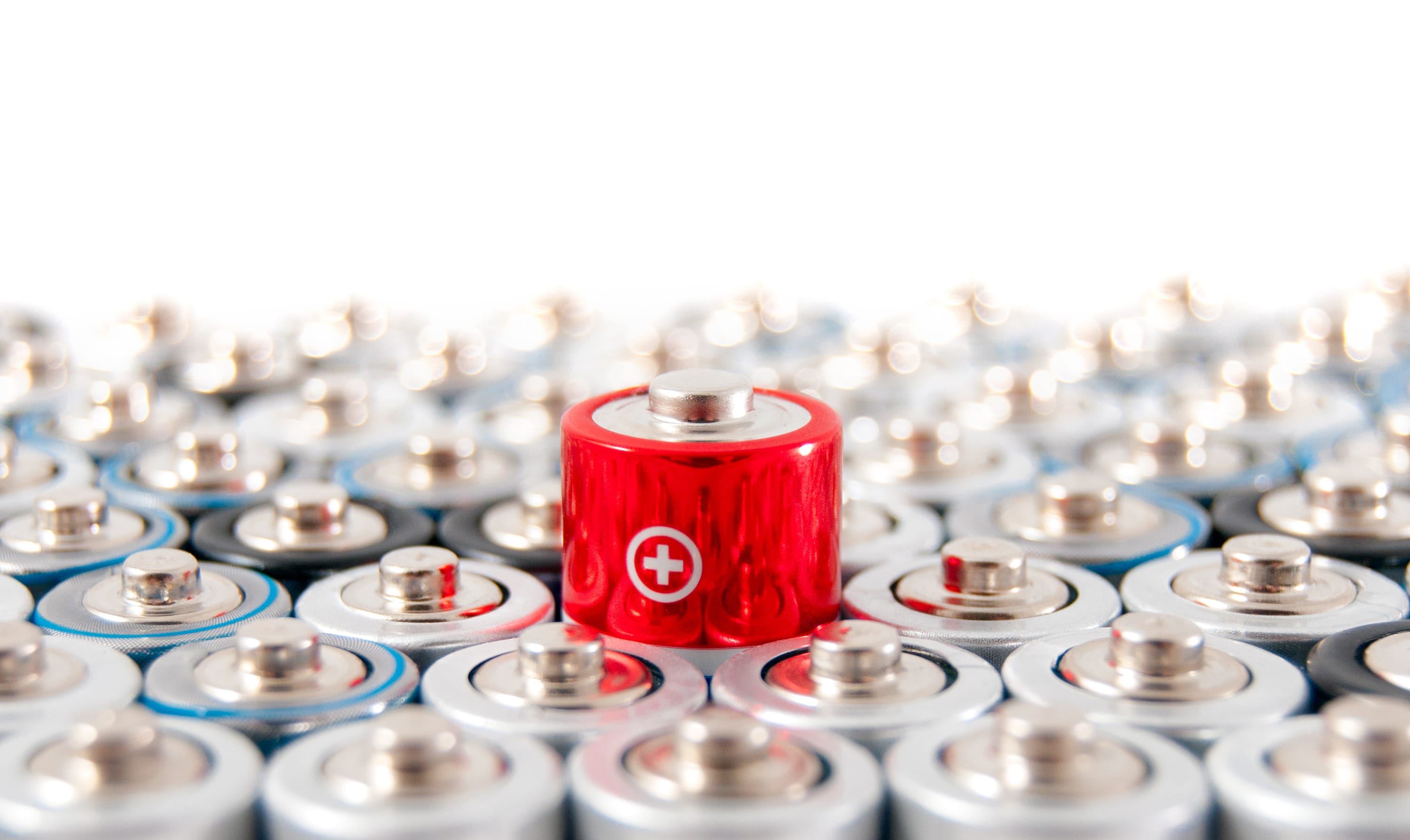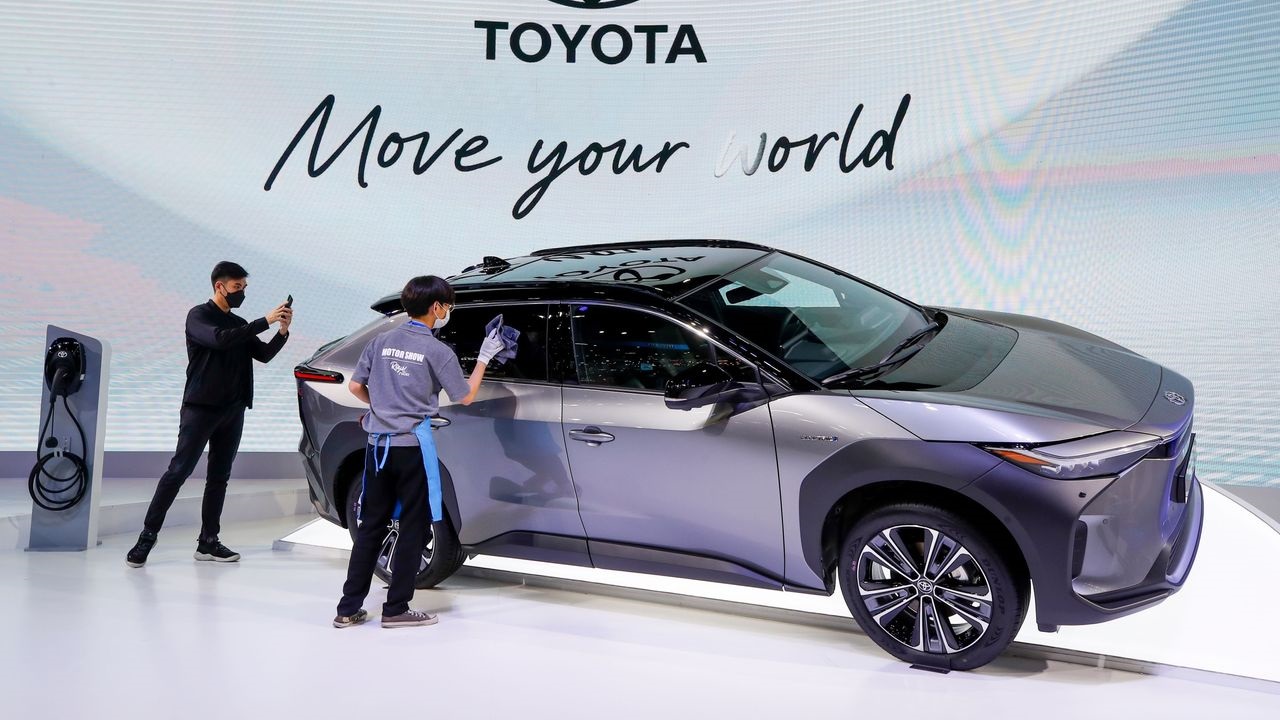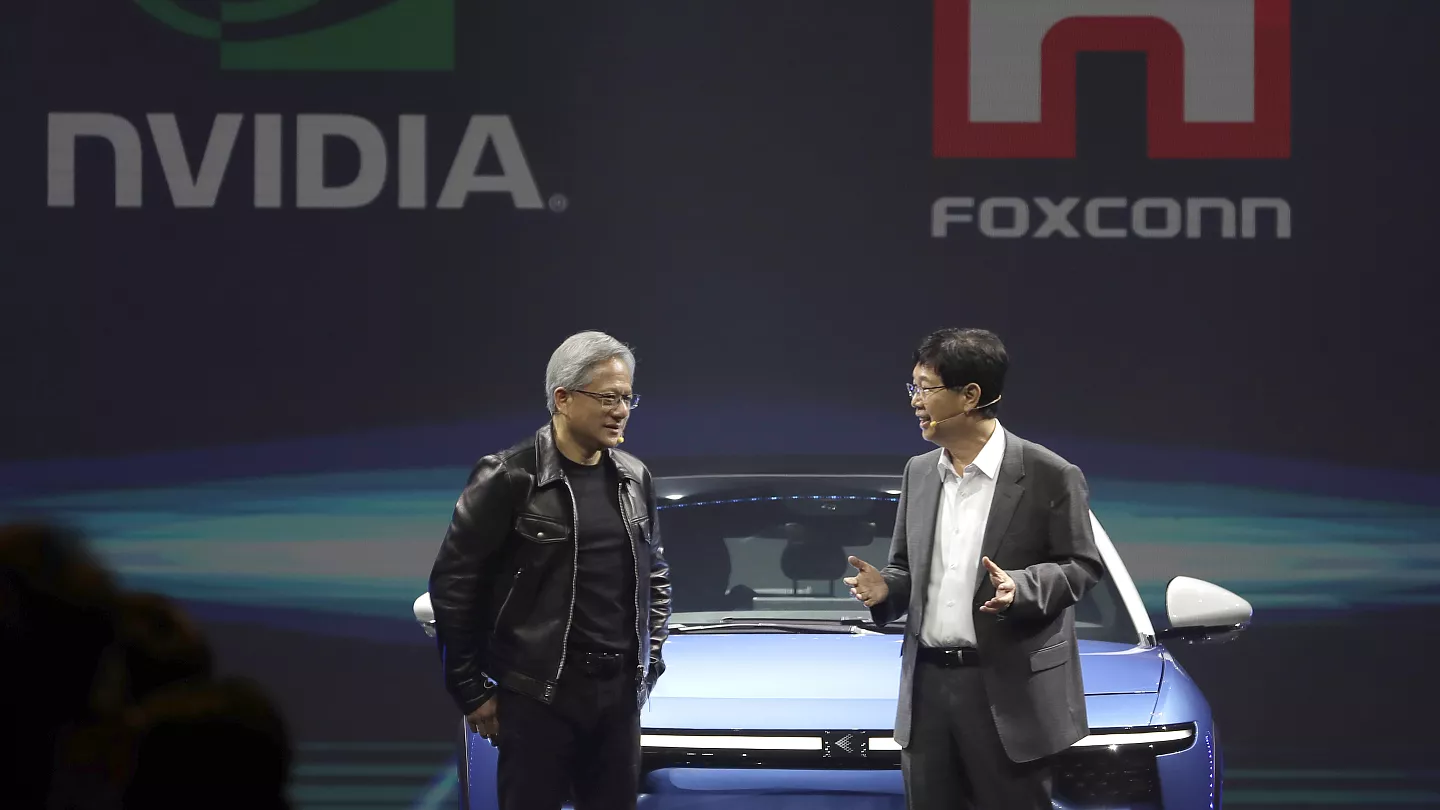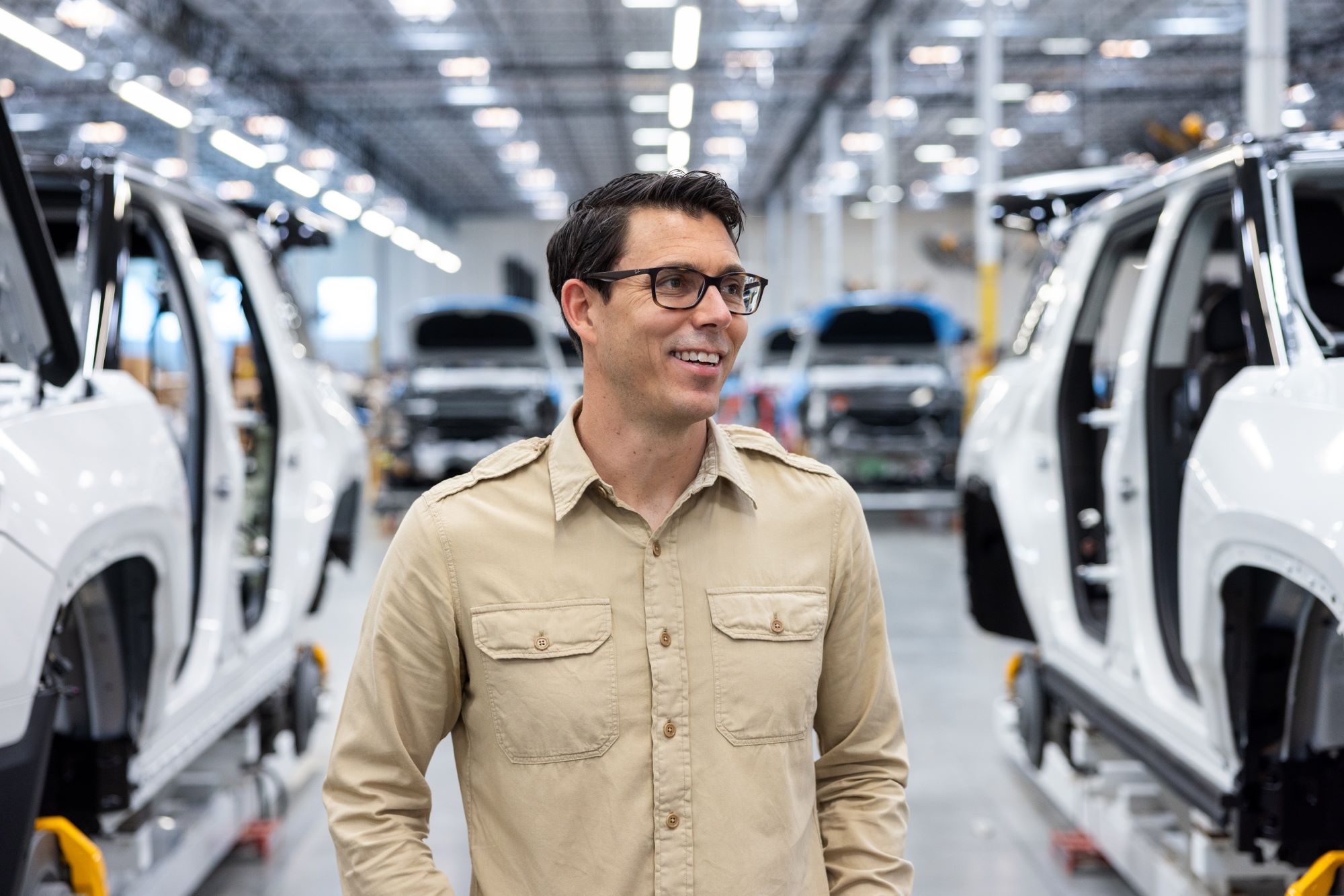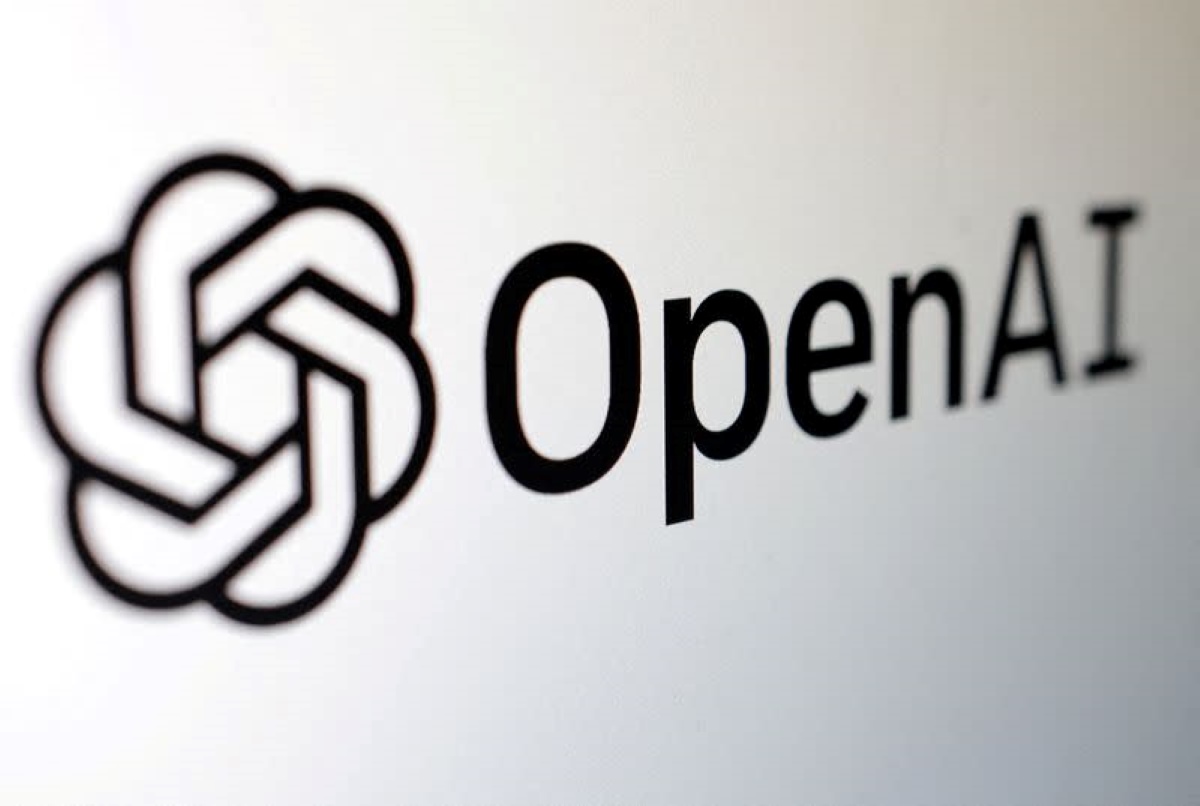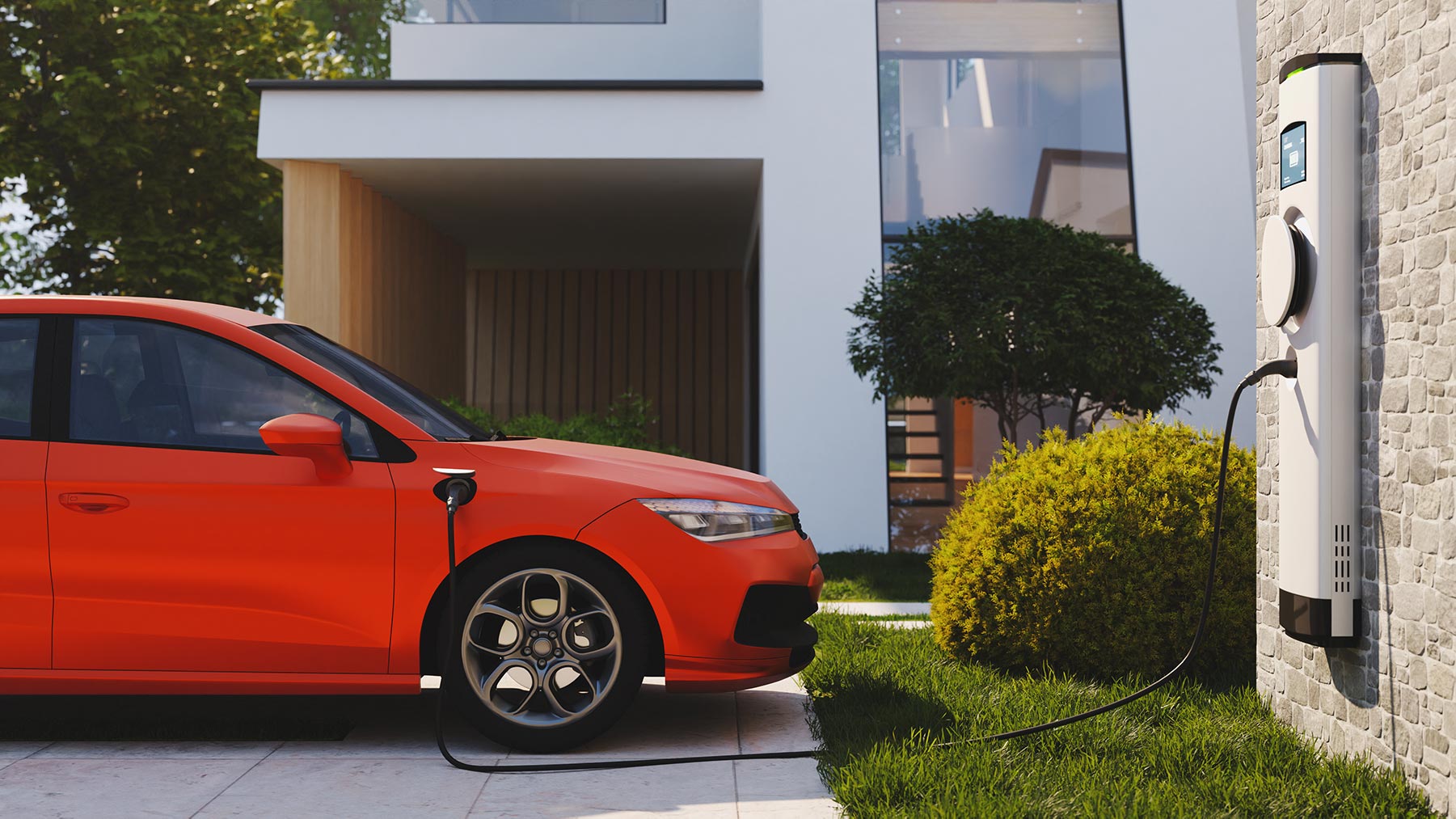Gone are the days of traditional trial-and-error methods for developing electrolyte materials in batteries. Startups like Aionics are revolutionizing the process by leveraging the power of generative AI to accelerate discovery and create better batteries for electric vehicles (EVs) and other applications.
Key Takeaway
Aionics, a startup specializing in EV battery development, is harnessing the power of generative AI to accelerate the discovery of high-performance electrolyte materials. Through AI-accelerated quantum mechanics and generative AI models, Aionics can evaluate thousands of candidate materials per second. The integration of large language models and chatbots further enhances the selection process, facilitating collaboration between scientists and AI.
The Challenge of Electrolyte Material Selection
Lithium-ion batteries, the most common type of batteries used in EVs, consist of three key components: two electrodes (anode and cathode) and an electrolyte. The electrolyte plays a crucial role in facilitating the movement of ions between the electrodes during charging and discharging.
Finding the right combination of electrolyte materials is a complex task due to the vast number of possible combinations. With over ten billion commercially procurable molecules available, the search for optimal electrolyte materials can be time-consuming and inefficient.
The Solution: AI Tools for Accelerated Discovery
Aionics, a startup based in Palo Alto, is using AI tools to address this challenge and expedite the discovery of high-performance electrolyte materials. By leveraging AI-accelerated quantum mechanics, Aionics can analyze billions of known molecules and evaluate 10,000 candidate materials every second.
In addition to this database-driven approach, Aionics has incorporated generative AI models into its methodology. These models are trained on existing battery materials data and can design new molecules specifically tailored for a particular application.
The Role of Language Models and Chatbots
To further streamline the selection process, Aionics utilizes large language models (LLMs) based on OpenAI’s GPT-4. These LLMs have been trained on chemistry textbooks and scientific papers, allowing scientists to query the model and obtain valuable insights. While the chatbot tool is not involved in the actual discovery process, it aids in eliminating irrelevant molecules and narrowing down the search space.
Aionics emphasizes that the chatbot’s responses are rooted in scientific literature and can be verified by referring back to the sources used for training. The goal is to uncover design principles rather than specific facts, enhancing collaboration between scientists and AI.
Fueling Innovation in Various Industries
Aionics’ AI-driven approach is not limited to EV battery development. The company has expanded its efforts to novel applications, such as cement production. Through its partnership with startup Chement, Aionics aims to use renewable electricity and raw materials to drive chemical reactions and create zero-emission products like cement.







